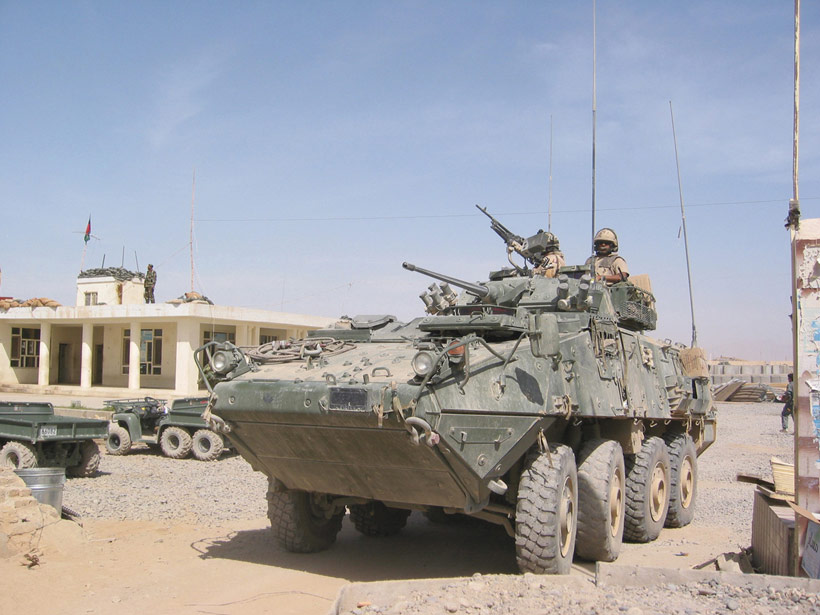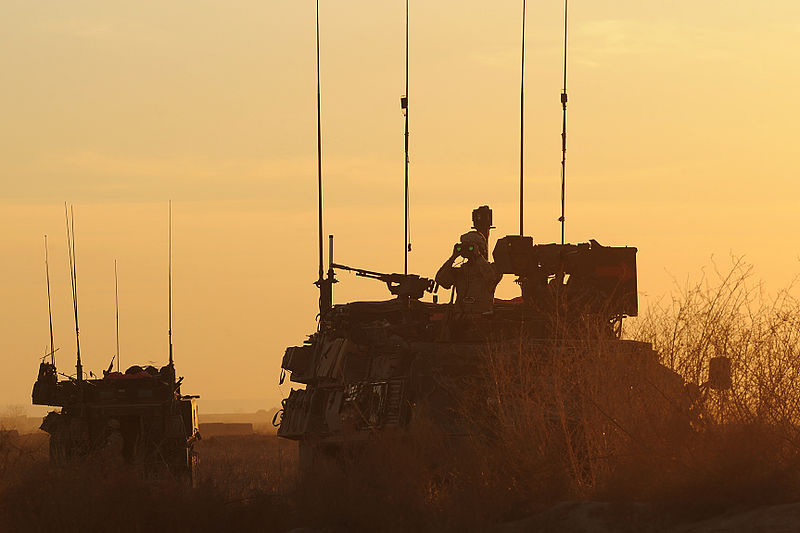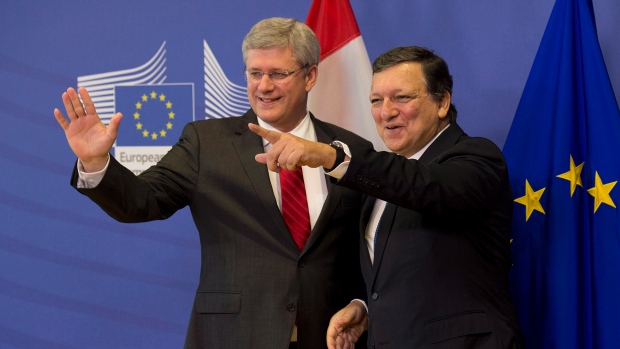From January 26 until February 13, 2015 , approximately 300 Canadian soldiers from Petawawa, Kingston, and Gagetown participated in the American-led Exercise Warfighter at Camp Atterbury, Indiana. Training alongside some 3,000 United States Army personnel, the Canadians were able to test their own high readiness capabilities, as well as command and control in the field. More importantly for the Canadian side, however, was the opportunity to develop interoperability with American forces.
Exercise Warfighter should prompt some reflection on the part of Canadian policymakers and the public. While a valuable training opportunity, the frequency with which the Canadian Army engages in joint training with its American counterpart greatly exceeds that of any joint training with European members of NATO. With the exception of the recent Operation Reassurance and the training assistance the Canadian Forces has provided to the Lithuanian, Polish, and Ukrainian militaries through the annual Exercise Maple Arch since 1999, there are exceedingly few opportunities for Canadian troops to exchange best practices with European forces. Even Exercise Maple Resolve, which involves some British elements, is foremost a joint exercise between Canadian and American forces.
 Previously, that lack of engagement with European NATO members has not impeded the capacity for the Canadian Forces to actively participate in multilateral operations. But that has generally been because Canadian troops have worked closely together with larger American elements, as was the case on the International Security Assistance Force in Afghanistan. But this might not always be the case. A future conflict could necessitate close cooperation with, for example, French or German forces. Lacking joint exercises, interoperability could be diminished with such partners and the Canadian troops could find themselves sidelined as a result.
Previously, that lack of engagement with European NATO members has not impeded the capacity for the Canadian Forces to actively participate in multilateral operations. But that has generally been because Canadian troops have worked closely together with larger American elements, as was the case on the International Security Assistance Force in Afghanistan. But this might not always be the case. A future conflict could necessitate close cooperation with, for example, French or German forces. Lacking joint exercises, interoperability could be diminished with such partners and the Canadian troops could find themselves sidelined as a result.
The Army Training Review, introduced in February 2015 as part of the Army Renewal program, offers some opportunity to fine tune this aspect of the Canadian military and the strategic direction of the Army. For decades, Canadian policymakers and military leaders have struggled to strike a balance between two competing principles: interoperability, and niche militarization. In the case of the former, some governments have sought to ensure full interoperability with the British military and more recently with US forces. Through this approach, Canadian equipment is procured in such a way as to closely match an ally’s arsenal, such as the near-identical capabilities of the US M16A2 assault rifle and the Canadian standard-issue C7A2.
The latter principle, niche militarization, involves the development of a force in such a way that it fulfills one specific function exceedingly well at the expense of neglecting many other areas. This allows a country with a small military to provide a nonetheless essential function in multilateral operations, typically avoiding frontline combat in the process. For example, with its eight highly effective minesweepers, the Royal Norwegian Navy has a clear niche within operations fielded by NATO or other international institutions: clearing naval mines.
It has generally been the Canadian practice to adhere to interoperability at the expense of niche militarization. But declining government revenues and the changing nature of warfare in the 21st century lend strength to the argument that the Canadian Forces cannot, and should not, strive to match every American military capability but should instead target specific areas where Canada can make a contribution that exceeds anything which can be offered by other NATO member states. Niche militarization would also further ensure that the Canadian Forces does not become culturally and practically dependent on any particular partner, retaining its own distinct character and the flexibility to operate alongside any NATO member.
With recent strategic documents for the Canadian Army focusing on the doctrine of ‘adaptive dispersed operations’, it is difficult to say whether the Army Training Review will be able to pinpoint ways in which the Army can develop specialized capabilities from the bottom up. More likely, the review will simply find ways in which the Army can adjust its training to realize objectives imposed from the top down. If that is the case, there may be a greater cultural challenge within the Canadian Army than the dynamic between interoperability and niche militarization.





